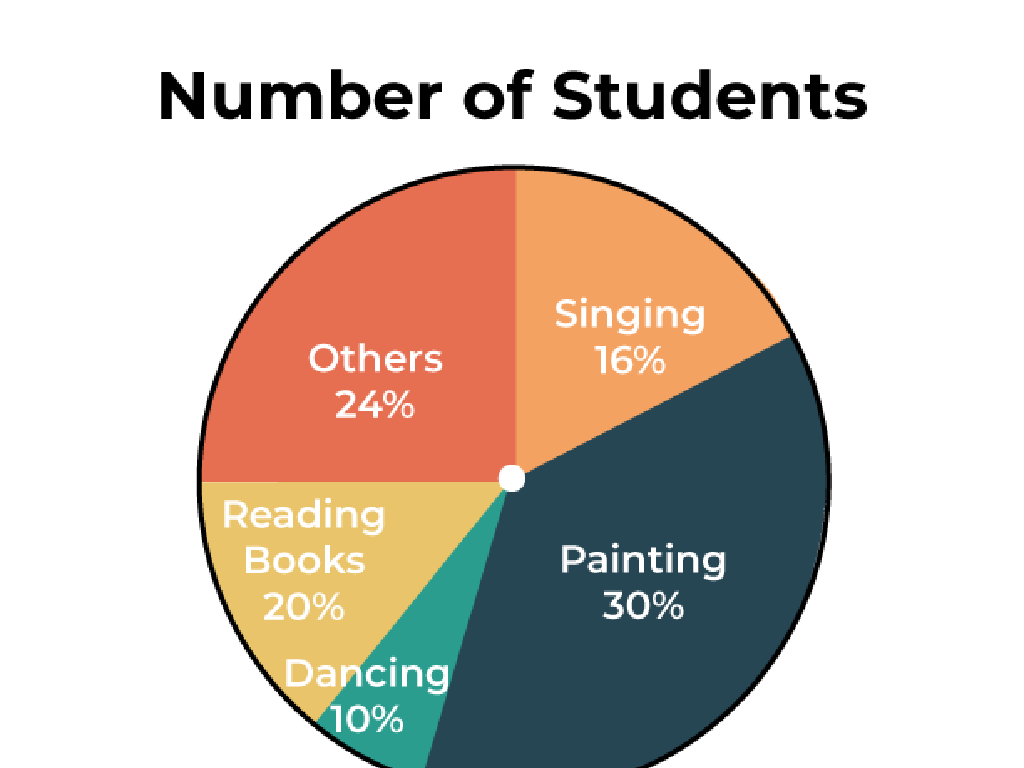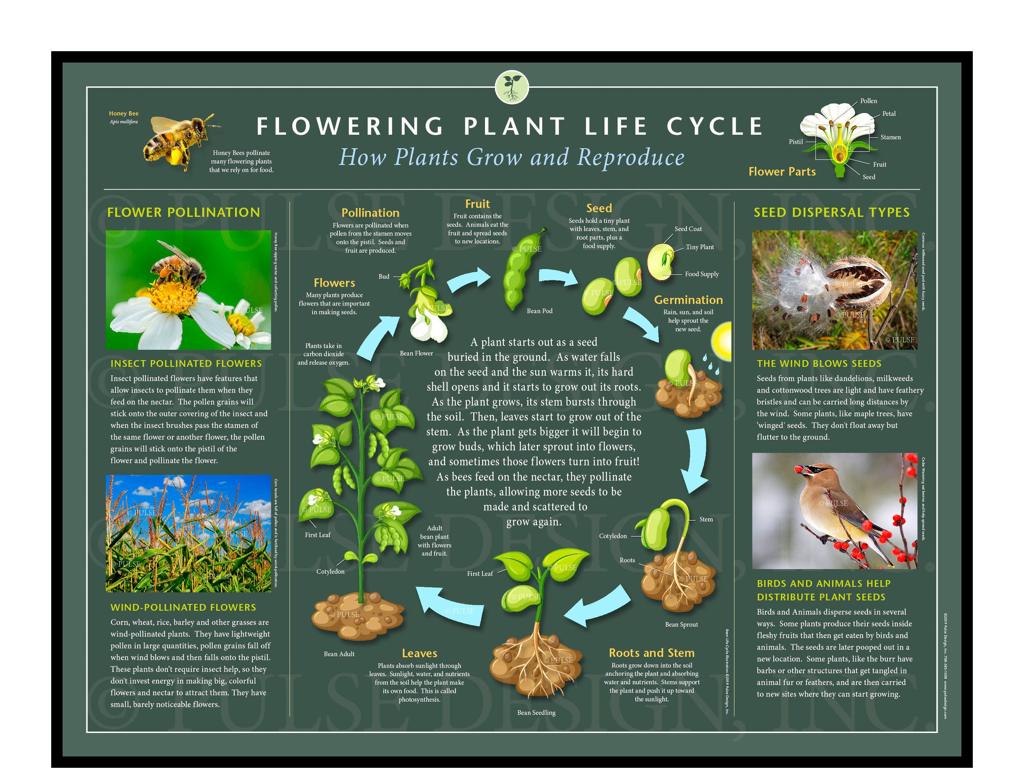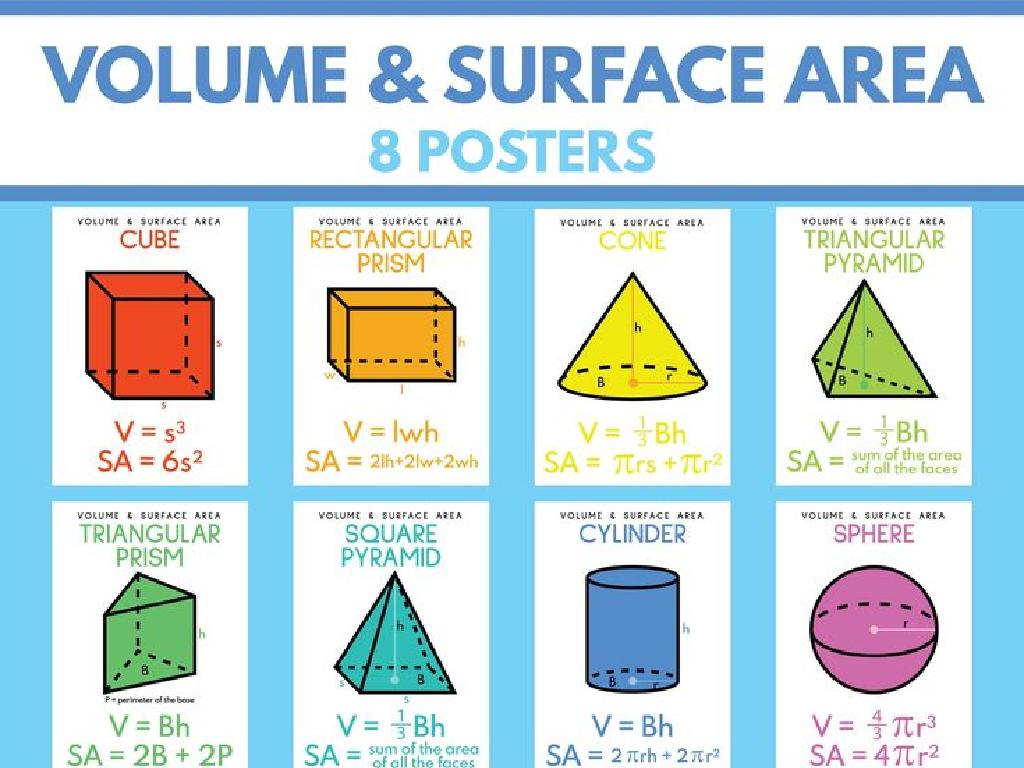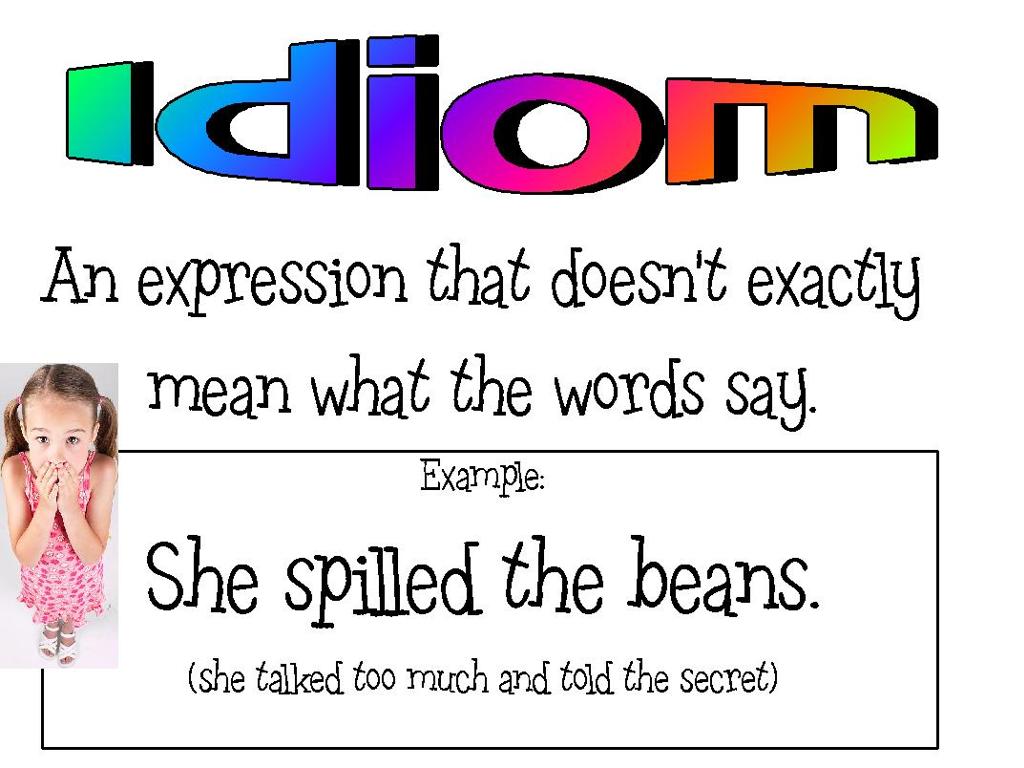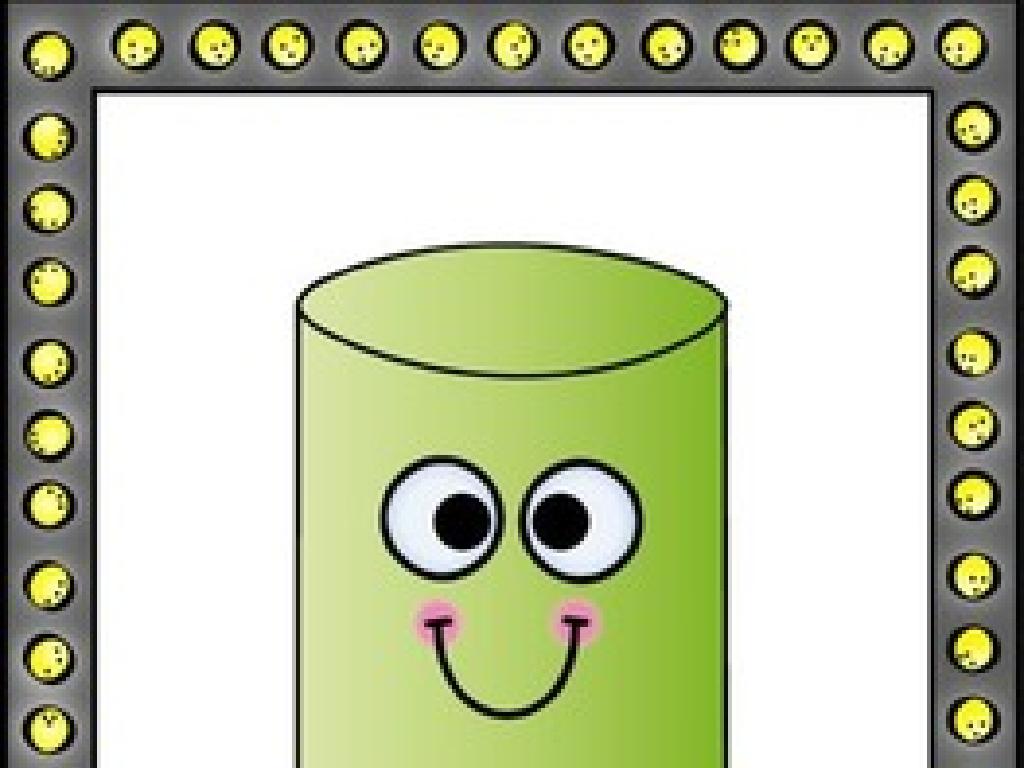Choose Between Personal And Reflexive Pronouns
Subject: Language arts
Grade: Third grade
Topic: Pronouns
Please LOG IN to download the presentation. Access is available to registered users only.
View More Content
Today’s Adventure: Personal vs. Reflexive Pronouns
– Pronouns take the place of nouns
– Personal pronouns: he, she, it, they
– Used for the subject or object in a sentence
– Reflexive pronouns: himself, herself, itself
– Refer back to the subject of the sentence
– Why different pronouns matter
– They add clarity and avoid repetition
|
This slide introduces the concept of pronouns, focusing on the difference between personal and reflexive pronouns. Pronouns are used to replace nouns to avoid repetition and make sentences clearer. Personal pronouns can act as the subject or object of a sentence, while reflexive pronouns are used to refer back to the subject. Understanding the distinction is crucial for proper grammar and clarity in writing and speaking. Encourage students to identify pronouns in sentences and understand their function. Provide examples and create simple exercises where students can practice distinguishing between personal and reflexive pronouns.
Understanding Pronouns
– Pronouns replace nouns
– Instead of ‘Sarah saw Sarah in the mirror’, use ‘Sarah saw herself in the mirror’.
– Avoid repetition in sentences
– Say ‘He runs fast’ instead of ‘John runs fast’ if we already know we’re talking about John.
– Examples: I, you, he, she, it, we, they
|
This slide introduces the concept of pronouns to third-grade students, explaining that pronouns are words used in place of nouns. Emphasize that pronouns help make sentences less repetitive and easier to read or listen to. Provide clear examples using common pronouns like ‘I’, ‘you’, ‘he’, ‘she’, ‘it’, ‘we’, and ‘they’. Encourage students to think of sentences they could change by replacing nouns with pronouns. Practice with sentences where they replace names with the correct pronouns, and explain the use of reflexive pronouns like ‘myself’, ‘yourself’, ‘herself’, ‘himself’, ‘itself’, ‘ourselves’, ‘yourselves’, and ‘themselves’ to reflect the action back onto the subject.
Personal Pronouns
– Personal pronouns represent people or things
– Like ‘he’ for Tom or ‘it’ for a book
– Can be subjects or objects in sentences
– ‘I’ do the action, ‘me’ receive the action
– Subject pronouns: I, you, he, she, it, we, they
– ‘I’ is for when ‘I’ am doing something
– Object pronouns: me, you, him, her, it, us, them
– ‘Me’ is for when something is done to ‘me’
|
This slide introduces personal pronouns, which are words that take the place of specific nouns and can act as the subject or object in a sentence. Subject pronouns are used when the pronoun is the one doing the action, while object pronouns are used when the pronoun is receiving the action. Use examples to illustrate the difference: ‘I (subject pronoun) threw the ball’ versus ‘Tom threw the ball to me (object pronoun).’ Encourage students to practice by identifying pronouns in sentences and determining whether they are subject or object pronouns. Provide additional examples and exercises to reinforce the concept.
Understanding Reflexive Pronouns
– Reflexive pronouns reflect back
– When the subject and object are the same, we use reflexive pronouns
– They end with ‘-self’ or ‘-selves’
– Singular: ‘-self’, Plural: ‘-selves’
– Examples: myself, yourself, himself
– ‘I did the homework myself’, ‘She made herself a sandwich’
– Use them for emphasis in sentences
|
This slide introduces reflexive pronouns, which are used when the subject of the sentence is also the object. Explain that these pronouns are easy to identify because they end with ‘-self’ for singular or ‘-selves’ for plural. Provide examples like ‘myself’, ‘yourself’, and ‘himself’ to illustrate singular reflexive pronouns. Emphasize that reflexive pronouns are used for emphasis to show that the person doing the action is also the one receiving the action. Encourage students to come up with their own sentences using reflexive pronouns to reinforce their understanding.
Personal vs. Reflexive Pronouns
– When to use personal vs. reflexive
– Use ‘I’ when you do something, use ‘myself’ when you do it to yourself
– Personal pronouns as subjects or objects
– ‘He’, ‘she’, ‘they’ can be who does or receives an action
– Reflexive pronouns reflect the subject
– ‘Himself’, ‘herself’, ‘themselves’ show the action is done by and affects the same person
– Practice choosing the correct pronoun
|
This slide is aimed at helping third graders differentiate between personal and reflexive pronouns. Personal pronouns can act as the subject (who is doing the action) or the object (who is receiving the action) in a sentence. Reflexive pronouns are used when the subject and the object of the sentence are the same person or thing. They ‘reflect’ back to the subject. Provide examples for clarity: ‘She (personal pronoun) helped herself (reflexive pronoun) to some cookies.’ Encourage students to practice by creating sentences using both types of pronouns. This will help solidify their understanding of when to use each type.
Personal vs. Reflexive Pronouns
– Example with personal pronoun
– ‘She’ and ‘him’ are personal pronouns in the sentence.
– Example with reflexive pronoun
– ‘Himself’ is a reflexive pronoun showing the action done by him.
– Identifying pronouns in sentences
– We’ll work together to find pronouns in sentences.
|
This slide introduces the students to the difference between personal and reflexive pronouns through clear examples. Personal pronouns replace the names of people or things in a sentence and can act as the subject or object, like ‘she’ and ‘him’. Reflexive pronouns are used when the subject and the object of the sentence are the same, and they end in ‘-self’ or ‘-selves’, like ‘himself’. Encourage the students to identify the pronouns in the given examples and explain why they are used. Then, have the students practice by identifying pronouns in additional sentences provided by the teacher. This activity will help solidify their understanding of pronouns and their correct usage in sentences.
Practice Time: Personal vs. Reflexive Pronouns
– Fill in the blanks with correct pronouns
– Choose personal or reflexive pronouns
– Does ‘I’ or ‘myself’ fit better? Think about it!
– Partner up for the exercise
– Two heads are better than one, help each other!
– Share answers with the class
– Let’s learn from each other’s choices!
|
This slide is for a class activity focused on distinguishing between personal and reflexive pronouns. Students will work in pairs to fill in the blanks in sentences with the appropriate pronouns, deciding whether a personal pronoun (like ‘he’, ‘she’, ‘they’) or a reflexive pronoun (like ‘himself’, ‘herself’, ‘themselves’) is needed. This collaborative exercise encourages peer learning and discussion. As a teacher, circulate the room to assist and guide students as needed. After completing the exercise, have pairs share their answers with the class to reinforce learning outcomes and correct any misunderstandings. Possible sentences for the activity could include: ‘She taught ___ to ride the bike.’ or ‘The cat cleaned ___ after the meal.’
Class Activity: Pronoun Hunt
– Search for pronouns in the classroom
– Focus on personal & reflexive pronouns
– Personal: he, she, they; Reflexive: himself, herself, themselves
– Record sentences with these pronouns
– Write the full sentence in your notebook
– Group review of the findings
|
This activity is designed to help students identify and differentiate between personal and reflexive pronouns in a fun and interactive way. Personal pronouns replace nouns that name people or things, while reflexive pronouns are used when the subject and the object of a sentence are the same. Encourage students to look for these pronouns in their immediate environment, such as in their textbooks, storybooks, or instructional posters around the classroom. After the hunt, gather the students and discuss the sentences they found. This will reinforce their understanding of how pronouns are used in different contexts. Possible variations of the activity could include working in pairs, creating a pronoun collage, or even writing a short story using the pronouns they found.
Conclusion & Reflection: Pronouns
– Importance of pronouns
Pronouns replace nouns to avoid repetition and simplify sentences.
– Share your pronoun discoveries
Discuss what pronouns you’ve learned and how they are used.
– Homework: Personal & Reflexive
Write 5 sentences with ‘I’, ‘you’, ‘he’, ‘she’, ‘it’, ‘we’, ‘they’ and 5 with ‘myself’, ‘yourself’, ‘himself’, ‘herself’, ‘itself’, ‘ourselves’, ‘yourselves’, ‘themselves’.
– Practice makes perfect
|
This slide wraps up the lesson on personal and reflexive pronouns, emphasizing their importance in making sentences clear and less repetitive. Encourage students to reflect on what they’ve learned about pronouns and how they can use them in their daily language. For homework, guide them to write sentences using both types of pronouns to reinforce their understanding. This practice will help them recognize the correct usage of each pronoun type. In the next class, review the homework together, and provide feedback to ensure students are applying the concepts correctly.

